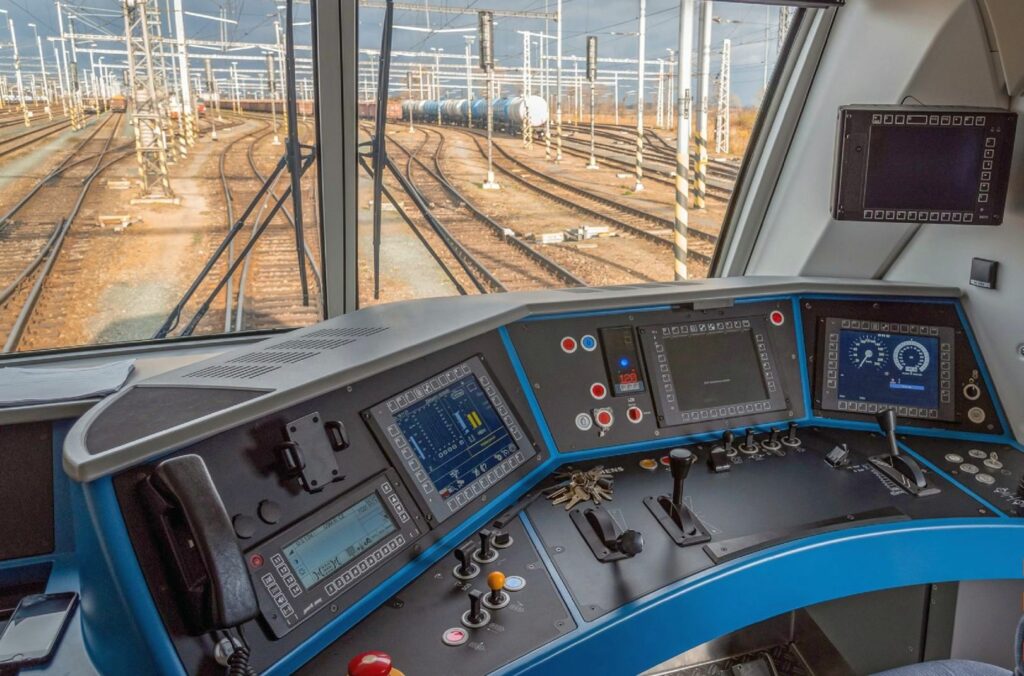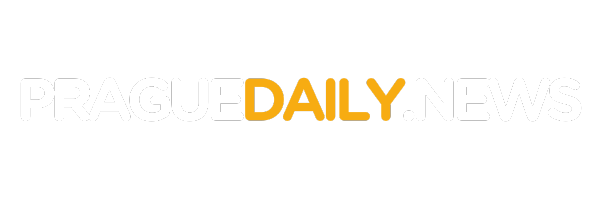The Czech railway administration, Správa železnic, is planning record investments in the modernisation and expansion of the railway infrastructure for 2025. With a budget of 62.7 billion crowns, key projects such as the Brno-Přerov line, station renovations, and new high-speed initiatives will be advanced to further improve the transport system.
The Czech railway administration, Správa železnic, will invest 62.7 billion crowns in the renovation of lines and stations in the coming year—around one billion crowns more than this year. A significant portion, around 39.3 billion crowns, will be allocated to the construction of the first section of the Brno-Přerov line, which will eventually allow trains to travel at speeds of up to 200 km/h.
“A milestone will be the start of construction of the first sections of the line for speeds of 200 km/h as part of the fast railway connection between Brno and Přerov. Of particular importance is also the introduction of the European Train Control System (ETCS), which will be implemented on 622 kilometres of the corridor network starting in January,” said Transport Minister Martin Kupka in a press release issued by the railway administration.

In addition to track modernisation, the railway administration is also investing in the renovation and modernisation of railway stations. Currently, around thirty railway station buildings are being renovated, with work set to begin at an additional twenty locations next year. In total, nearly 2.3 billion crowns are being invested in the maintenance, repair, and renovation of railway stations.
Another major project is the expansion of the railway connection to Václav Havel Airport in Prague. Work will also commence on modernising the section between Prague-Ruzyně and Kladno. The modernisation of the cross-border connection between Western Bohemia and Bavaria is also underway.
This year, 73 kilometres of modernised lines have already been completed, with an additional 47 kilometres expected next year. Preparations for the planned high-speed lines are progressing as well: half of the 750 kilometres of future lines have already been planned. The railway administration has also selected the designer for the final section of the high-speed line between Prague and Brno. Geotechnical investigations along the future Moravská brána line have also begun.
In the coming year, 19.25 billion crowns will be allocated for repairs and maintenance work on the lines. This amount will be increased by additional funds for the repair of flood damage.
With these extensive investments, the Czech railway administration is setting a crucial course for the future of the country’s railway infrastructure.
